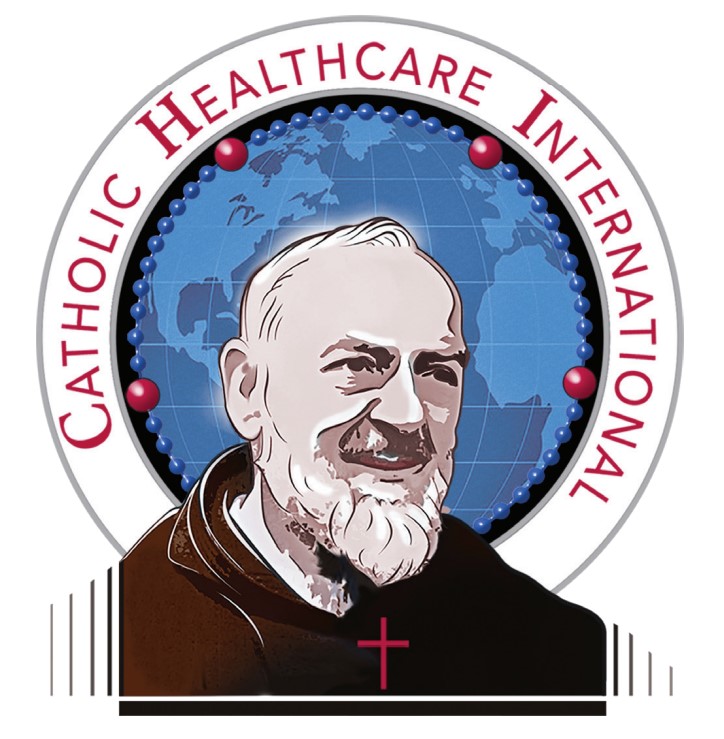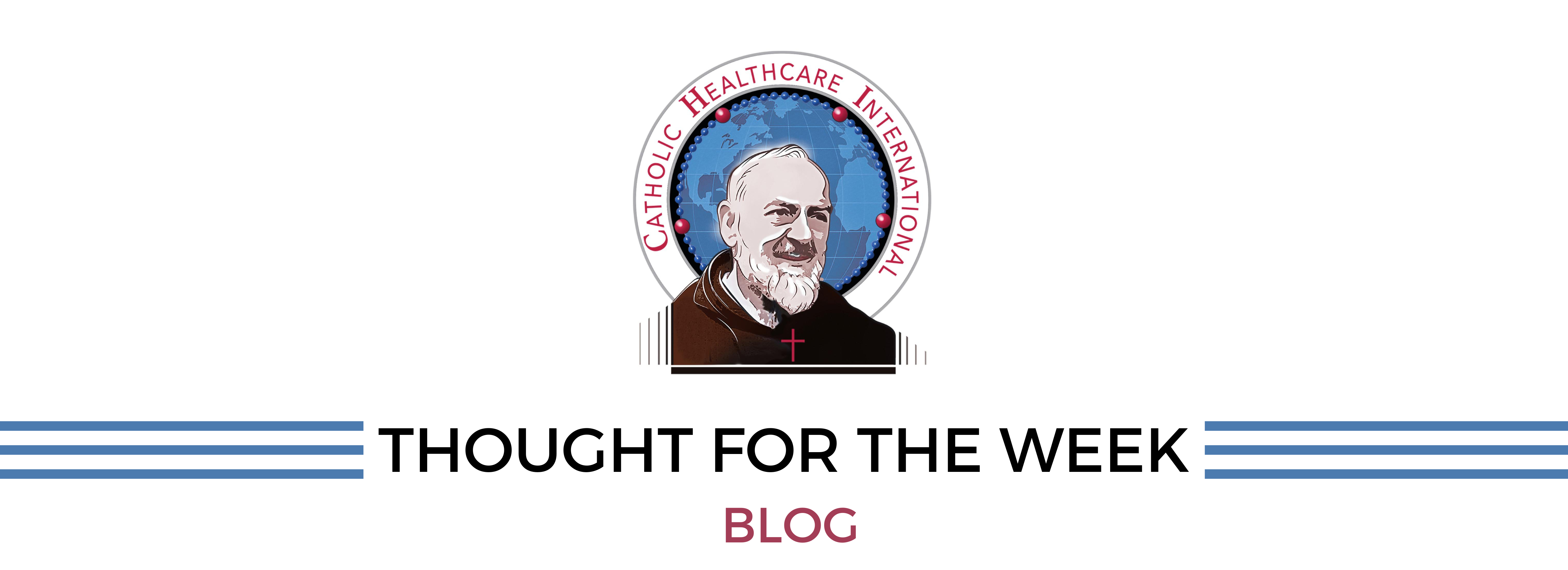|
Listen to the Thought for the Week
Getting your Trinity Audio player ready...
|
Flowers for Laila
There once was a physician who evaluated people for their fitness and ability. Those found unfit were sent in one direction, those found to be “fit” or “worthy” were sent in another. The unfit were killed, while the fit were allowed to live. Over time, an entire race of people, those unfit, were practically exterminated. To this day, in the country where this took place, very few of these “unfit” can be found.
Some of you may be thinking that I am, of course, referring to Dr. Josef Mengele, the chief physician at Auschwitz, who met cattle cars of newly arriving Jews from areas of Nazi-conquered Europe. As the Jews were unloaded from the cattle cars, they lined up before Mengele. He briefly examined each one and those unfit for work were directed to his right; those fit were directed to the left. The unfit were marched straight to the “showers” where they were murdered by cyanide gas pumped through the shower heads and ventilation system.
I am not referring to Dr. Mengele in the first paragraph.
The physician referred to is actually any one of a large number of physicians who make palliative care decisions and advise patients and their caregivers on end-of-life decisions. The physician is also any one of a large number of obstetricians who screen unborn children for fetal anomalies and, similarly, advise patients on decisions regarding the termination of their pregnancy, that is, abortion. In the first paragraph, I am referring to Iceland, which has systematically exterminated every unborn child with Down Syndrome, such that, today, there are practically no Icelanders with Down Syndrome. So, a physician is making a life-or-death decision based on observation, examination, and personal experience of whom they feel is worthy of life.
Increasingly, entire groups of people are judged to be unworthy of life (lebensunwerten leben, as they called it in 1938). These include the handicapped, disabled, elderly, infirm, and terminally ill. (Of course, the definition of terminally ill varies widely. In a sense, we are all terminally ill, it’s just that the date of death varies.) The unborn are a particularly complicated group, as they, in general, are viewed by much of society as unworthy of life, unless the pregnant woman “chooses” them to be worthy. That “worthiness” can be revoked if the child is found during pregnancy to be disabled or at risk of being disabled, burdensome, or inconvenient. Being unborn, at least in our culture of death, is a pretty tenuous state of existence.
Following the Dobbs decision, we have been inundated with news stories about the “inhumanity” of legislators who would deny a woman the right to end the life of her unborn child, diagnosed with one of a host of maladies that are “incompatible with life,” or at least inconvenient to the mother.
Recently, the pro-abortion media has been featuring the story of Chloe, an Arizona woman who was “forced” to carry a child to term, knowing that the child would probably die shortly after delivery (1). At about 23 weeks of gestation, Chloe learned (through ultrasound) that her child had a condition known as alobar holoprosencephaly. In this rare condition, (1 in 10,000 births), the brain fails to develop properly, with the two cerebral hemispheres not fully separating. As in many such conditions, the clinical presentation varies widely, from stillbirth to severe neurologic impairment, craniofacial abnormalities (such as cleft palate), to milder impairment and deformity. While some patients with this condition die at, or shortly after birth, some live into adulthood.
Many OB/GYN physicians, tutored by the aggressively pro-abortion American College of Obstetricians and Gynecologists, quickly and forcefully recommend killing these unborn potentially disabled children as soon as possible, often under the guise of “preventing suffering.” In Chloe’s case, she planned to induce labor to terminate the pregnancy before Arizona’s 24 week-limit. The Dobbs decision was handed down during this time and Chloe’s obstetrician declined to continue with the plan, as Arizona was quickly moving to a 15 week-limit. Apparently, Chloe then made plans to travel to another state (likely nearby California) to carry out her abortion. Like many in our self-absorbed, social media culture, Chloe was broadcasting her “ordeal” to the world to the extent that the day before her scheduled abortion the clinic canceled her appointment as they were receiving threats from all the publicity. (A new take on “too much information,” I should say.) Now, at 30 weeks, Chloe was unable to find anyone willing to do the abortion (or so she would have us believe) and decided to carry the pregnancy to term, naming her daughter Laila.
The story describing her condition is peppered with emotionally charged language, such as, “She shakes and seizes inside of me all the time, and if I’m uncomfortable with that happening, I can’t imagine how she is inside of there .” and “She came out crying, which my doctor and everybody else was super surprised about because that’s not expected of babies with her condition.” A couple more, “After just one day in the hospital — during which Chloe said she was instructed to not feed Laila for fear of her choking — they moved to a hospice center. Not going to extraordinary measures to keep Laila alive is a choice Chloe said she made earlier in her pregnancy. “That was never something I was interested in because that is such poor quality of life, in my opinion,” she said. “She would have never been able to do anything besides lay there and be forced to be kept alive, and that was something that I felt strongly was not what I wanted for any of my children.” And “When I think about it, I think about how I could tell that she was struggling,” Chloe said of Laila. “I think about how she would scream as loud as she could because she could not eat. It’s definitely hard to think about just because there’s so much I wanted to do for her, but I couldn’t. I knew that if I would have done these things, it would have just prolonged her life and her suffering at the same time (1).”
There is a lot to unpack here and a lot of confusing things. This young woman chooses to abort an unborn child who might be disabled. She is unable to procure an abortion because of her social media publicizing of this “intensely traumatic personal issue.” She is then unable to find someone else to do a late-term abortion and carries the child to term. She describes in-utero seizures, “I can’t imagine how she is inside of there.” A couple of things, in-utero seizures are rare, and normal fetal movements are often mistaken for seizures. Even if the movements were seizures, seizures are not noticed by the person suffering them. Universally, seizure patients simply lose consciousness and then are drowsy following the seizure, with no memory of the event. (The obstetrician should have counseled Chloe as to whether these were seizures and the nature of seizures, but most obstetricians are busy cheerleading for abortion.)
In the hospital, she was “instructed” not to feed the child, for fear of choking. Many patients are unable to eat due to difficulties swallowing and other issues. They are typically fed through a tube of some sort. Since a decision had been made to let this child die, a feeding tube was out of the question. Of course, children who are hungry cry, as Chloe says, “I think about how she would scream as loud as she could because she could not eat. It’s definitely hard to think about just because there’s so much I wanted to do for her, but I couldn’t. I knew that if I would have done these things, it would have just prolonged her life and her suffering at the same time.“
I think a better phrase, in place of “there’s so much I wanted to do for her, but I couldn’t” would be, “I wouldn’t.” She also equates the child’s life with “suffering.” It seems the suffering was coming from her intentional starvation and dehydration. The child lived for 44 hours after birth. That is actually a long time for a newborn infant denied food and water. Apparently, after the day in the hospital, the child was transferred to a hospice, where she died. I don’t know what goes on in newborn hospice (and don’t particularly want to know), but judging from the picture accompanying the story, this child looked pretty comfortable, sucking on a pacifier, with an appearance typical of a cleft lip and palate. She required no extraordinary life support, so the only way to kill this child was to withhold food and water. In a previous column, we discussed the willingness of the Congressional Democrats to let children born alive after abortion die (2). How is this newborn hospice any different?
Society looks down its nose at the disabled, both born and unborn. Many chromosomal abnormalities, like Down Syndrome (Trisomy 21), Trisomy 13, and Trisomy 18 are associated with cardiac abnormalities, along with intellectual and other disabilities. There is widespread debate in the medical literature about whether children with these anomalies should be eligible for heart surgery to correct their defects (3). Although it is not widely discussed or advocated, it is clear that the disabled experience significant healthcare disparities (4). Relative to non-disabled counterparts, the disabled suffer from poorer health outcomes and increased rates of chronic disease. Unfortunately, the disabled don’t seem to garner the same empathy as other groups that suffer health disparities, such as African Americans. In our secular society, the disabled are clearly seen as less “worthy” of life and, hence, less deserving of aggressive medical intervention. After all, they are “suffering,” at least as judged by the able-bodied and minded.
In the secular palliative care industry, withholding of nutrition and hydration are seen as acceptable methods to hasten the end of life. Naturally, the medical literature does a couple of things to accomplish this mental gymnastic. First, it defines nutrition and hydration as “medical therapy (5).” Hence, it becomes an acceptable choice to withhold this “medical therapy.” Second, the literature describes the process of dying from starvation and dehydration as a not-unpleasant experience, that is, the patients do not suffer (6). Do you believe that?
Here’s a thought experiment, in most jurisdictions where it is legal, capital punishment in the US is usually carried out by lethal injection. There is a lot of debate in the literature about cruel and unusual punishment, and executions by lethal injection are closely scrutinized to ensure that “suffering” did not occur. So, if death by starvation and dehydration is not unpleasant, what if executions were carried out by starvation and dehydration? After all, if the premise of the palliative care industry is accurate, this should be acceptable. (It does complicate the timing of the last meal somewhat.) Maybe if the condemned prisoner was disabled?
The Catholic Church is explicitly clear on this. Medically assisted nutrition and hydration (i.e., feeding tube) is ordinary care and may not be restricted. (Ethical and religious directives for health care services, #58, revised 2018 (7)) This is not extraordinary care, like mechanical ventilation or artificial heart-lung support. Withholding ordinary care, nutrition and hydration is evil and a grave sin.
In a world disconnected from God, people become their own God and make judgments about who is “worthy.” The most innocent are also the most vulnerable, particularly the disabled. It is much easier to kill an unborn (or newborn) child with holoprosencephaly than it is to provide life, nursing and medical care to raise that child. It does prevent “suffering,” but not that of the child; it prevents “suffering,” or rather, “inconvenience” on the part of the caregivers and mother. It’s easy to advocate and stand for the civil rights of the “gender fluid,” after all, that is trendy and not particularly burdensome. It is a lot harder to do hard things, such as caring for the severely disabled, elderly and infirm.
I hope Chloe puts some flowers on her child’s grave.
“No one is master of the breath of life so as to retain it, and none has mastery of the day of death.” –
Ecclesiastes 8:8
This concludes the audio portion of this article. Thank you for listening.

George Mychaskiw II, DO, FAAP, FACOP, FASA
Founding President
Saint Padre Pio Institute for the Relief of Suffering
School of Osteopathic Medicine
References
https://bemoacademicconsulting.com/blog/medical-schools-in-us#:~:text=There%20are%20154%20medical%20schools,US%20medical%20school%20for%20you
https://www.statista.com/statistics/1270398/total-medical-school-graduates-in-the-us/#:~:text=In%202021%2C%20the%20number%20of,followed%20by%20Texas%20and%20California.
https://osteopathic.org/about/aoa-statistics/#:~:text=Includes%20all%20living%20DOs%2C%20including,the%202022%2D23%20academic%20year.
https://www.ecfmg.org/news/2021/03/19/match-day-adds-7500-international-medical-graduates-to-u-s-gme-programs/
https://www.ama-assn.org/practice-management/sustainability/doctor-shortages-are-here-and-they-ll-get-worse-if-we-don-t-act
https://www.nlm.nih.gov/hmd/greek/greek_oath.html#:~:text=The%20Hippocratic%20Oath%20(Ορκος)%20is,number%20of%20professional%20ethical%20standards.
https://osteopathic.org/about/leadership/aoa-governance-documents/osteopathic-oath/
https://www.dailymail.co.uk/news/article-11348775/Top-doctor-slams-University-Minnesota-medical-school-abandoning-Hippocratic-oath.html#:~:text=The%20oath%20said%3A%20%27We%20commit,and%20all%20forms%20of%20oppression.
https://www.nbcnews.com/news/us-news/dozens-walk-university-michigan-white-coat-ceremony-protest-anti-abort-rcna39834
https://www.nejm.org/doi/full/10.1056/NEJMp2212866
https://www.blackpast.org/african-american-history/speeches-african-american-history/1963-george-wallace-segregation-now-segregation-forever/
Memphis Commercial Appeal, September 12, 1963
https://msms.tiberhealth.com/2022/07/14/does-the-mcat-predict-success-in-medical-school/
https://www.americanbar.org/groups/crsj/publications/human_rights_magazine_home/the-state-of-healthcare-in-the-united-states/racial-disparities-in-health-care/

